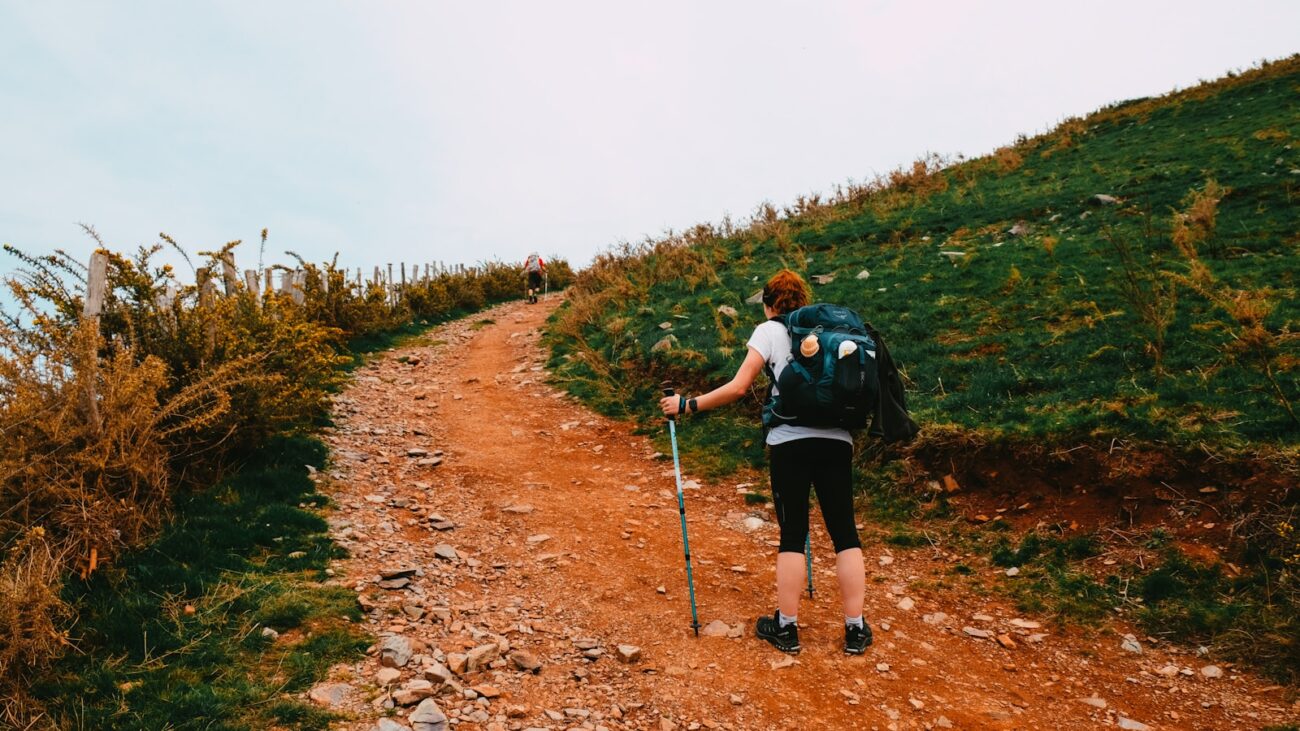Hiking offers an accessible gateway to the outdoors, providing both physical exercise and mental refreshment without requiring enormous investment in equipment. For beginners especially, the sheer volume of available gear can seem overwhelming—specialty stores and websites showcase everything from $300 boots to high-tech navigation devices. However, starting this rewarding activity doesn’t necessitate emptying your bank account. The essential philosophy of hiking gear centers on safety, comfort, and practicality rather than having the most expensive or trendy equipment. This guide will help you distinguish between hiking necessities and optional luxuries, ensuring you’re properly prepared for your adventures without unnecessary spending.
Footwear: The Foundation of Hiking Comfort

Quality footwear represents the single most important investment for any hiker. Your feet carry you through the entire journey, and improper shoes can lead to blisters, ankle injuries, and a thoroughly miserable experience. For beginners tackling well-maintained trails, you don’t necessarily need expensive hiking boots—trail runners or sturdy athletic shoes with good tread can suffice for easier terrain. If you decide to purchase hiking-specific footwear, look for ankle support, water resistance, and durable soles with significant grip. Whatever option you choose, ensure your hiking footwear fits properly with enough room for your toes to wiggle while remaining snug enough to prevent excessive movement that causes blisters. Remember that even the best hiking shoes require breaking in before longer treks.
Appropriate Clothing: Beyond Fashion
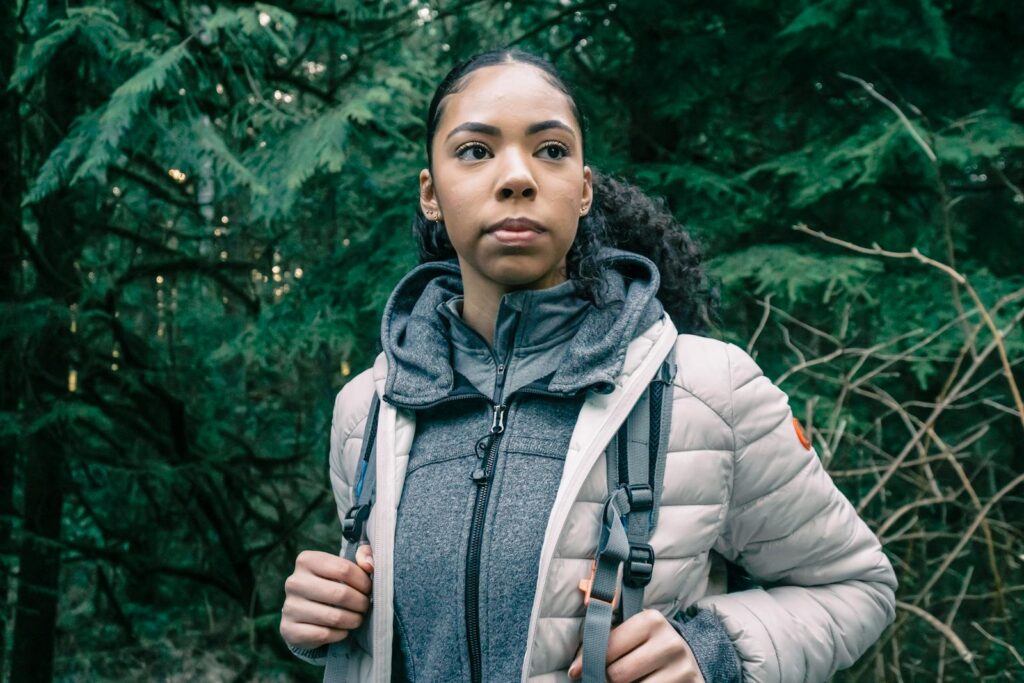
Hiking-specific clothing offers functional benefits rather than just aesthetic appeal. The fundamental principle for hiking attire is layering, which allows you to adjust to changing temperatures and exertion levels. Start with a moisture-wicking base layer that pulls sweat away from your skin—synthetic materials or merino wool work far better than cotton, which retains moisture and can cause chilling. Add an insulating middle layer like a fleece or lightweight down jacket for cooler conditions. Finally, pack a waterproof and windproof outer shell to protect against precipitation and strong winds. For bottoms, choose quick-drying pants or shorts made from durable, stretchy fabrics that allow full range of motion on varied terrain. Remember that weather conditions can change rapidly outdoors, particularly in mountainous environments.
Backpack: Your Portable Storage System
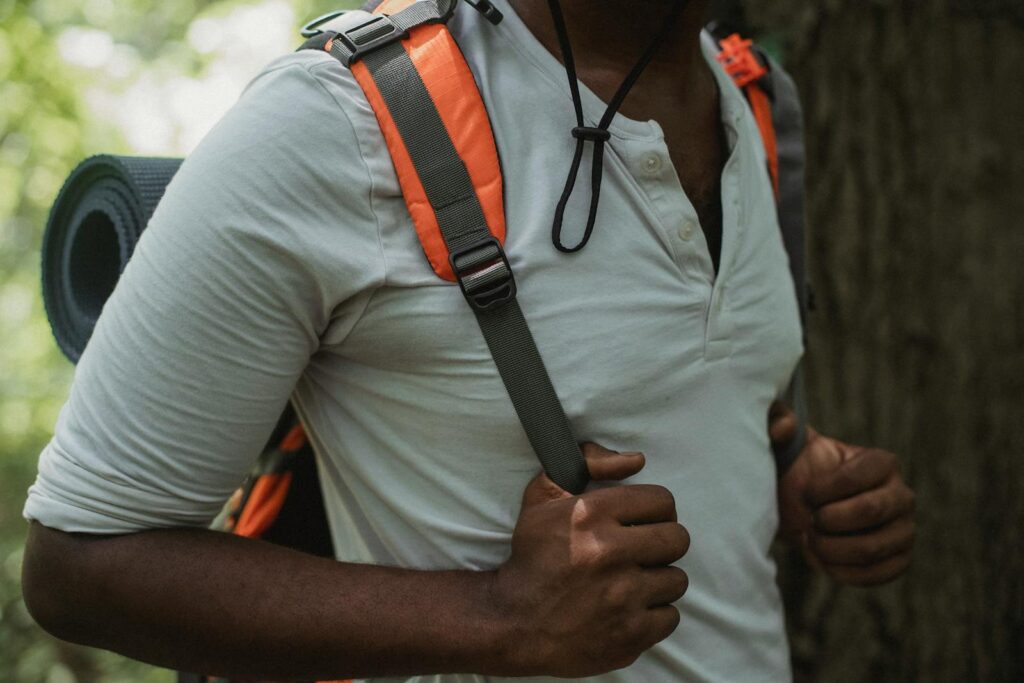
Even for short hikes, you’ll need something to carry essentials like water, snacks, and emergency supplies. For day hikes lasting a few hours, a simple backpack with 15-25 liter capacity provides sufficient space without excessive bulk. Look for a pack with comfortable shoulder straps, a sternum strap for stability, and ideally a hip belt to distribute weight away from your shoulders. Multiple compartments help organize gear, while exterior attachment points allow for securing trekking poles or other equipment. Waterproof material or a rain cover offers protection during unexpected showers. For beginners, an existing school or gym backpack can often serve adequately until you determine your long-term commitment to hiking and specific preferences.
Hydration: Non-Negotiable for Safety
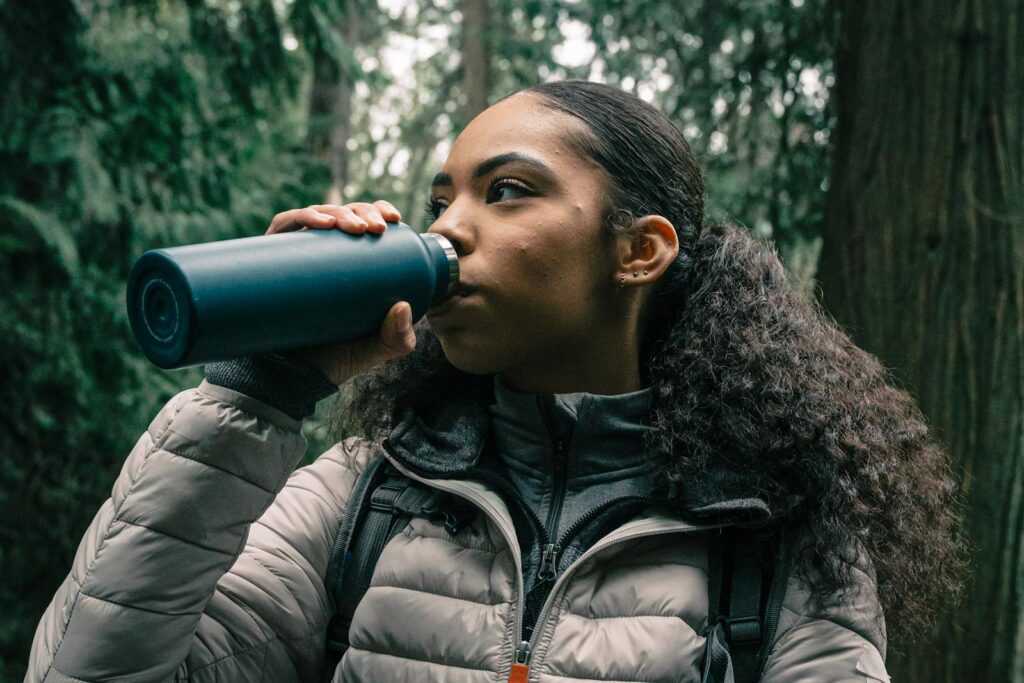
Maintaining proper hydration ranks among the most critical aspects of hiking safety, regardless of distance or difficulty. The general recommendation suggests carrying at least 2 liters of water for a half-day hike, though requirements vary based on temperature, humidity, exertion level, and individual needs. Standard plastic water bottles provide an economical solution, though dedicated hikers often prefer hydration reservoirs (bladders) with drinking tubes for convenient sipping without stopping. For longer backcountry hikes, consider supplementing with a portable water filter or purification tablets to safely refill from natural sources. Remember that by the time you feel thirsty, you’re already experiencing mild dehydration, so drink regularly throughout your hike rather than waiting for thirst signals.
Navigation Tools: Finding Your Way
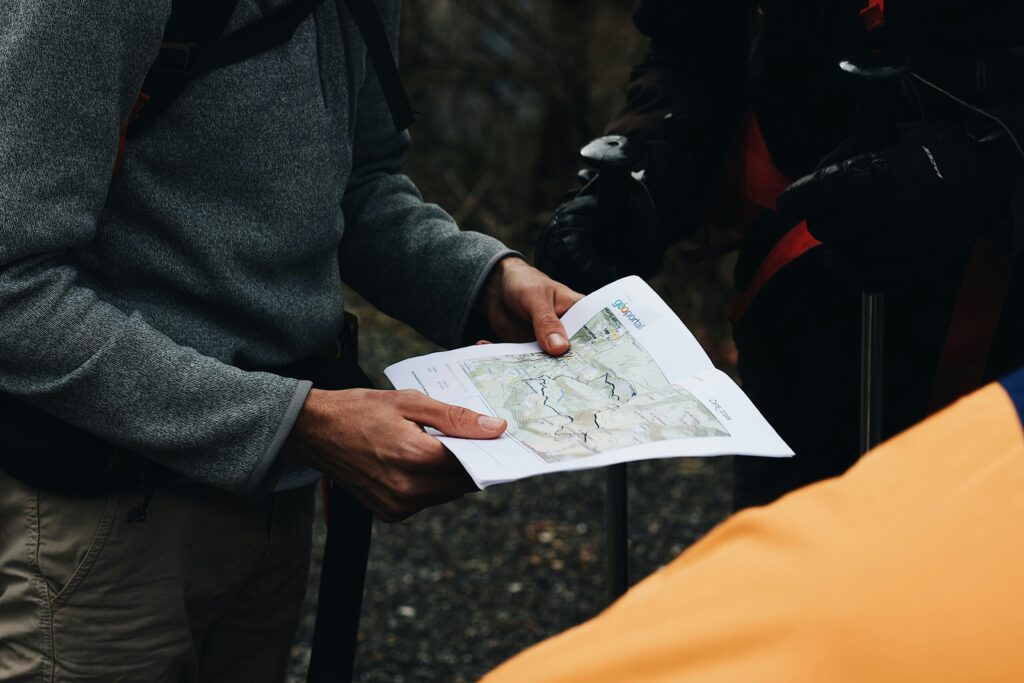
Getting lost transforms an enjoyable hike into a potentially dangerous situation with remarkable speed. While smartphones with GPS capabilities have revolutionized outdoor navigation, they shouldn’t serve as your sole navigational tool due to battery limitations and potential lack of signal. For frequently traveled, well-marked trails, a map of the area (often available at trailheads or visitor centers) might suffice. For more remote locations, carry a detailed topographic map and compass—and know how to use them. Consider downloading offline maps through apps like AllTrails or Gaia GPS before departing, and carry a small portable charger to extend phone battery life. Navigation skills develop with experience, so start with clearly marked, popular trails before venturing into more isolated areas.
First Aid Supplies: Preparing for the Unexpected
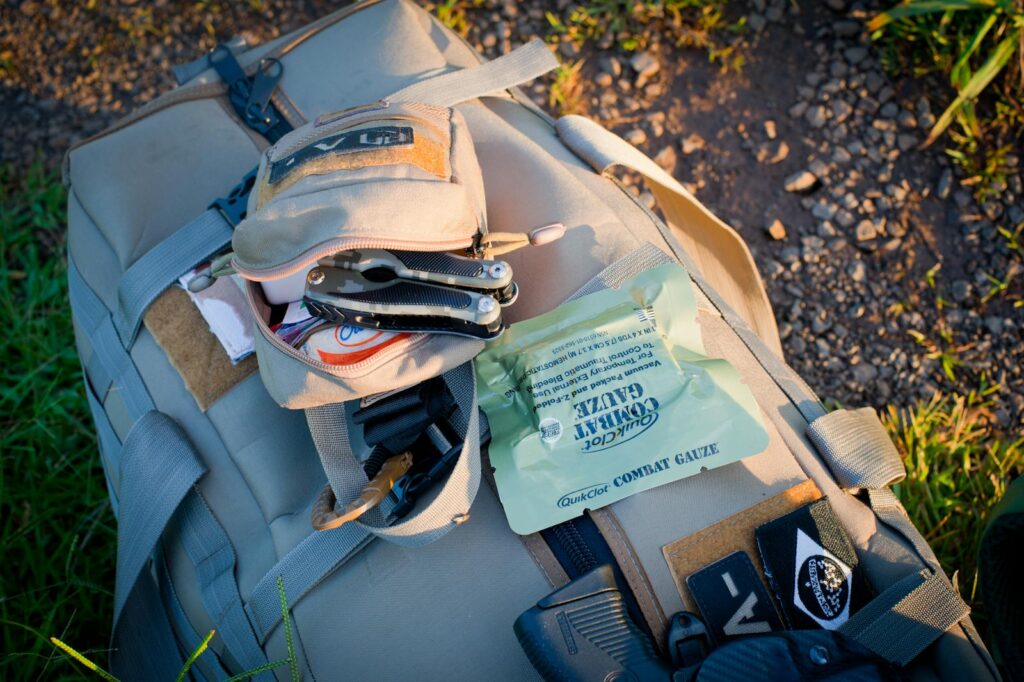
Even minor injuries can escalate into serious situations when you’re miles from help, making a basic first aid kit essential for all hikers. Pre-assembled hiking first aid kits provide convenience, though you can easily create your own with bandages, antiseptic wipes, blister treatment, pain relievers, antihistamines, tweezers, and any personal medications. Customize your kit based on specific health needs, group size, trip duration, and remoteness of your destination. Beyond physical supplies, basic first aid knowledge proves invaluable—consider taking a wilderness first aid course if you plan to hike regularly. Remember that prevention through proper planning and awareness of surroundings often eliminates the need for first aid intervention.
Sun Protection: Preventing Outdoor Damage

Exposure to sun while hiking often exceeds normal daily exposure, particularly at higher elevations where ultraviolet radiation intensifies. Sunscreen with SPF 30 or higher, applied regularly throughout your hike, provides essential protection against sunburn and long-term skin damage. Don’t forget frequently overlooked areas like ears, neck, and the backs of hands. A wide-brimmed hat offers additional face and neck protection, while sunglasses shield your eyes from harmful rays and improve visibility in bright conditions. UV-protective clothing with UPF (Ultraviolet Protection Factor) ratings provides another layer of defense, especially for those with sensitive skin. Even on cloudy days, UV radiation penetrates cloud cover, necessitating consistent sun protection regardless of apparent weather conditions.
Emergency Supplies: Safety Essentials
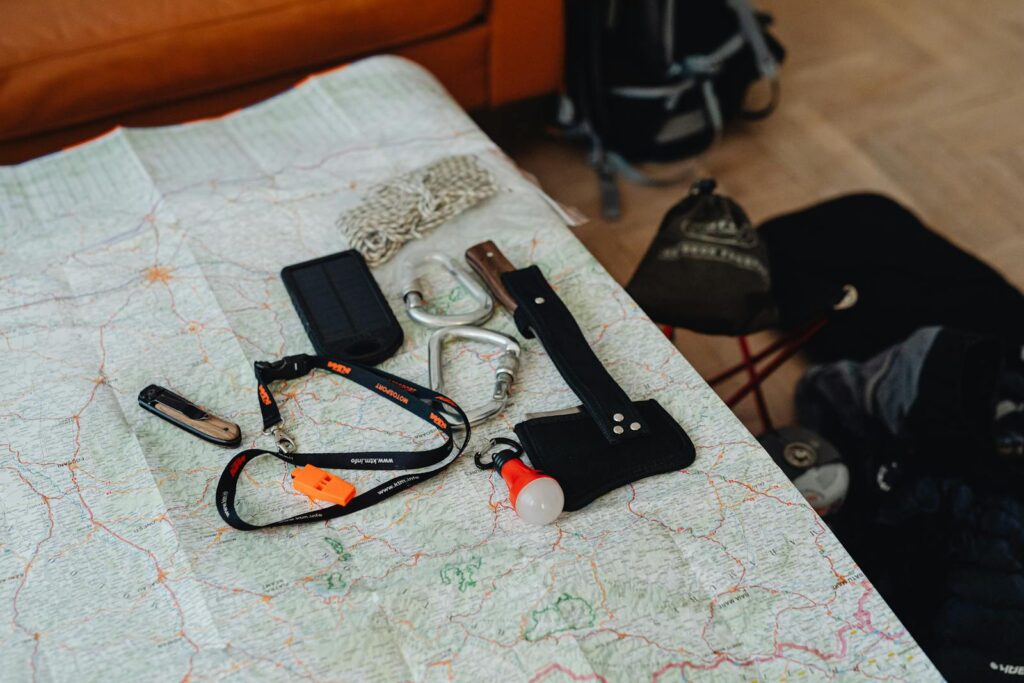
Preparedness for unexpected situations distinguishes responsible hikers from those risking preventable emergencies. A small, waterproof container with matches or a lighter provides fire-starting capability in emergency situations. A whistle offers an effective signaling method that requires minimal effort and carries sound much farther than human voices. An emergency blanket (space blanket) weighs almost nothing yet provides crucial heat retention if you’re unexpectedly stranded overnight. A small, bright headlamp or flashlight with extra batteries ensures visibility if darkness falls before you complete your hike. These items occupy minimal space and add negligible weight to your pack while potentially making critical differences in emergency scenarios.
Nutrition: Fueling Your Adventure
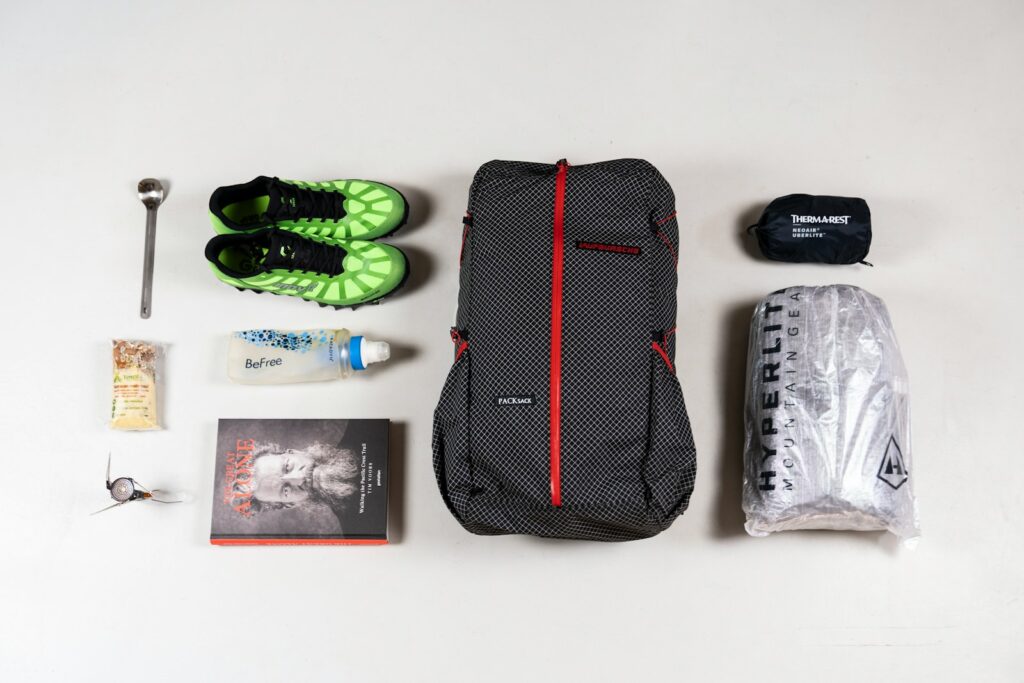
Hiking burns significantly more calories than everyday activities, necessitating adequate fuel to maintain energy levels throughout your journey. Pack more food than you anticipate needing, focusing on nutrient-dense options that provide sustainable energy rather than quick sugar spikes followed by crashes. Trail mix combining nuts, dried fruits, and dark chocolate offers an ideal balance of proteins, fats, and carbohydrates in a convenient, non-perishable format. Energy bars, jerky, nut butters, and tortilla wraps all travel well without refrigeration. Fresh fruits like apples and oranges provide hydration alongside nutrients. For longer hikes, consider more substantial options like pre-made sandwiches or packaged tuna with crackers to maintain stamina throughout extended exertion.
Optional Comfort Items: Enhancing the Experience
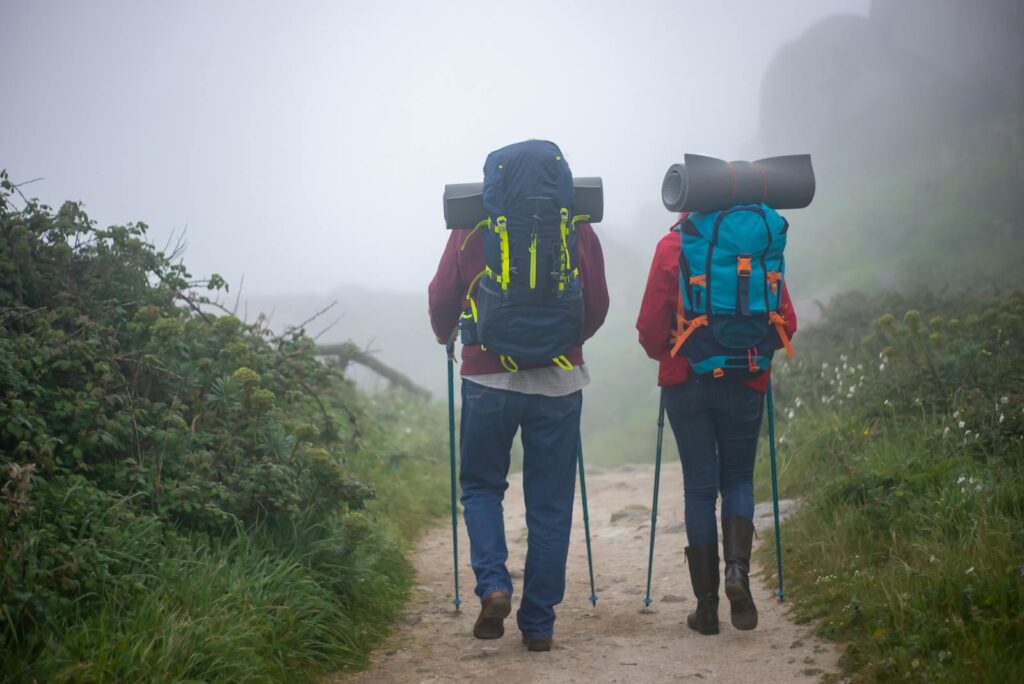
While not strictly necessary for safety, certain items significantly enhance hiking enjoyment and comfort. Trekking poles reduce impact on knees during descents and provide stability on challenging terrain, particularly beneficial for those with joint concerns or when carrying heavier loads. Gaiters protect lower legs and keep debris out of boots when traversing muddy or overgrown trails. A lightweight sitting pad creates comfortable rest stops on damp or rocky ground. Bug repellent becomes essential in certain seasons and locations, while moleskin or specialized blister bandages prevent minor foot irritations from developing into painful problems. These “luxury” items add minimal weight while potentially transforming challenging situations into manageable ones.
Weather-Specific Gear: Seasonal Considerations
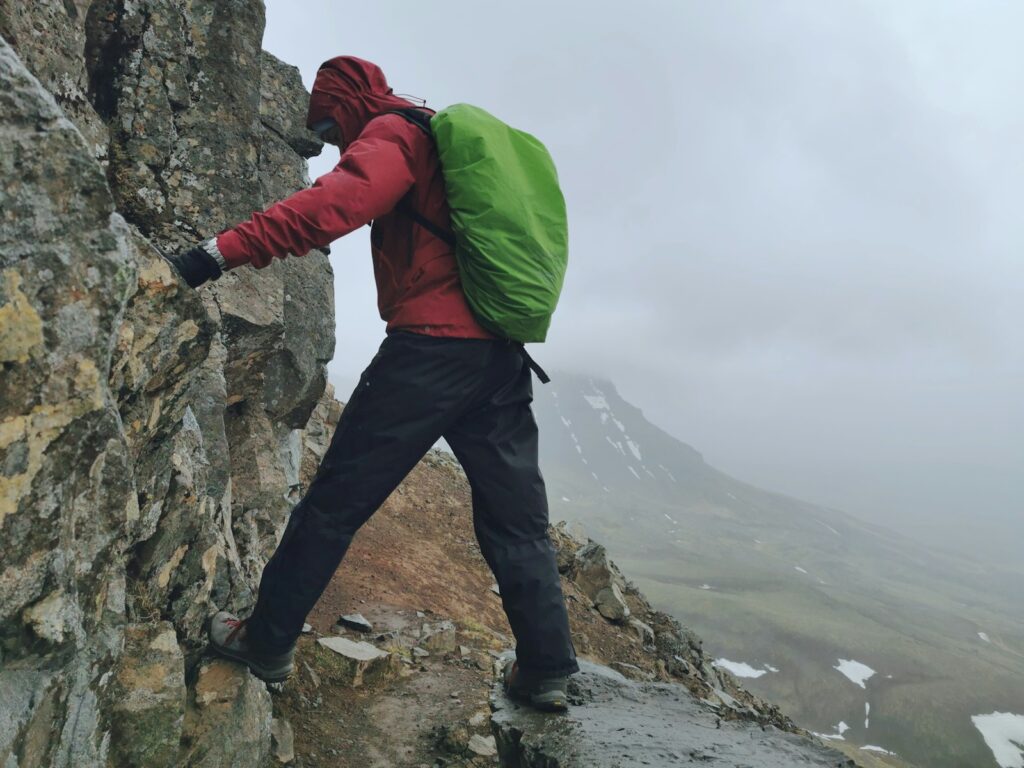
Different seasons and weather conditions necessitate specialized equipment adaptations for safety and comfort. For rainy conditions, waterproof pants complement your rain jacket, while dry bags or pack covers protect electronic devices and spare clothing. Hot weather hiking requires increased water capacity, electrolyte supplements, and perhaps a neck gaiter that can be soaked for evaporative cooling. Cold weather demands insulated gloves, a warm hat, and additional insulating layers, possibly including thermal leggings and heavyweight fleece or down jackets. Microspikes or traction devices provide essential stability on icy trails, while gaiters prevent snow from entering boots during winter hikes. Assess expected conditions thoroughly before each outing, remembering that mountain weather changes rapidly and often defies forecasts.
Building Your Gear Collection Gradually
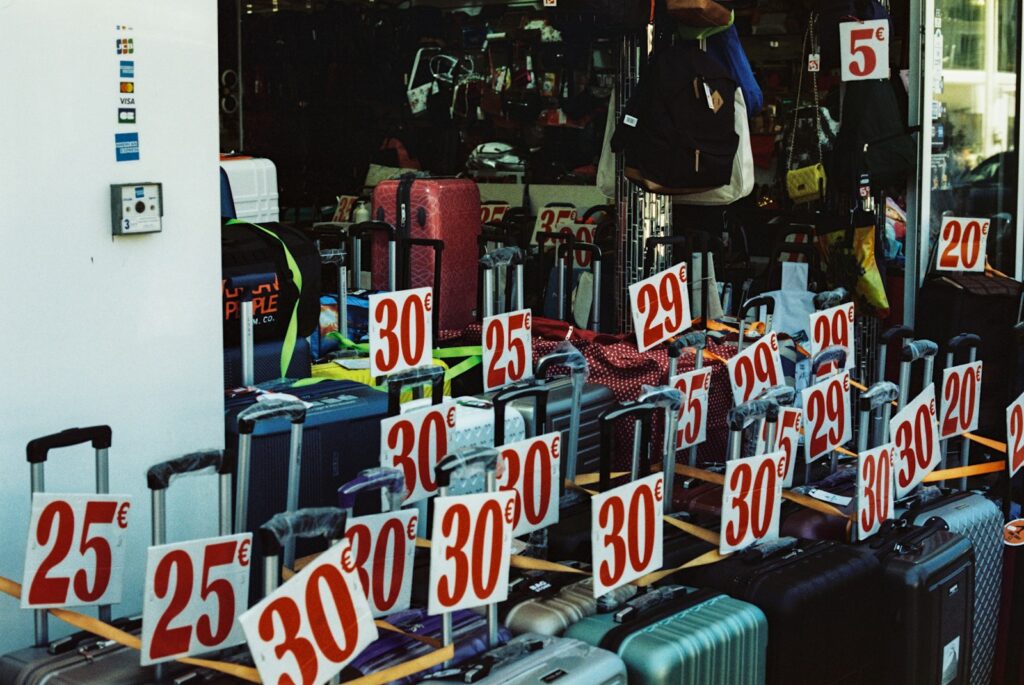
Developing a complete hiking kit represents an ongoing process rather than a single shopping trip. Begin with absolute essentials for safety and comfort on shorter, less demanding trails near civilization. Borrow specialized equipment when possible before purchasing, allowing you to test different options before investing. Consider buying used gear through outdoor gear exchanges, which often offer quality equipment at significant discounts. Prioritize versatile items serving multiple purposes or seasons before specialized single-use gear. Watch for sales at outdoor retailers, particularly during season transitions when previous models become discounted. Remember that expensive doesn’t always mean better—functional design and appropriate materials matter more than brand names or latest features. Your gear collection should evolve alongside your hiking experience and ambitions.
The Ten Essentials: A Time-Tested Framework
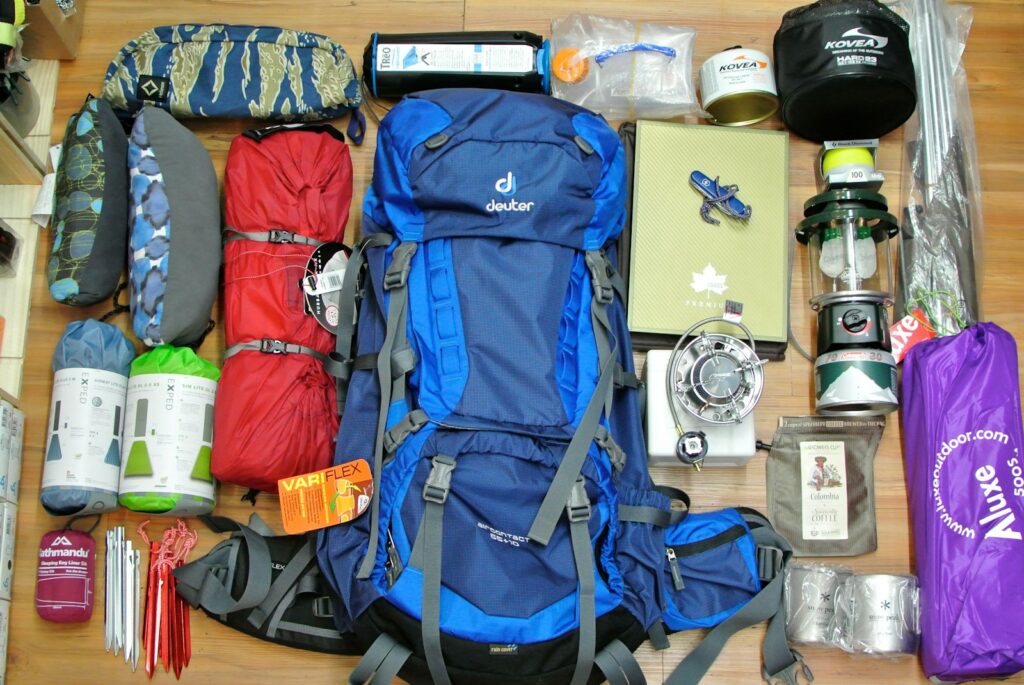
The outdoor community has long recognized a standardized list of critical equipment known as the “Ten Essentials,” originally developed in the 1930s and refined over decades of wilderness experience. This framework includes navigation tools, sun protection, insulation (extra clothing), illumination (headlamp/flashlight), first-aid supplies, fire starter, repair kit and tools, nutrition, hydration, and emergency shelter. While specific implementations vary based on trip parameters, this systematic approach ensures fundamental safety needs remain covered regardless of changing trends or technologies. For beginners especially, evaluating potential purchases against this established framework helps distinguish between actual necessities and marketing-driven desires. These essentials form the foundation of responsible outdoor preparation, whether for a two-hour nature walk or multi-day backcountry expedition.
Starting your hiking journey doesn’t require an immediate investment in every piece of specialized equipment available. By focusing first on proper footwear, weather-appropriate clothing, and the fundamental safety essentials, you can enjoy trails responsibly while gradually building your gear collection. Remember that experience ultimately proves more valuable than equipment—many seasoned hikers eventually simplify their kits after discovering what truly matters for their personal hiking style. The best approach combines adequate preparation with the flexibility to learn from each outing, adjusting your gear strategy based on practical experience rather than theoretical ideals. The outdoors welcomes everyone, regardless of budget or equipment sophistication, offering its benefits to those who arrive with respect, common sense, and the essential items for basic safety and comfort.

